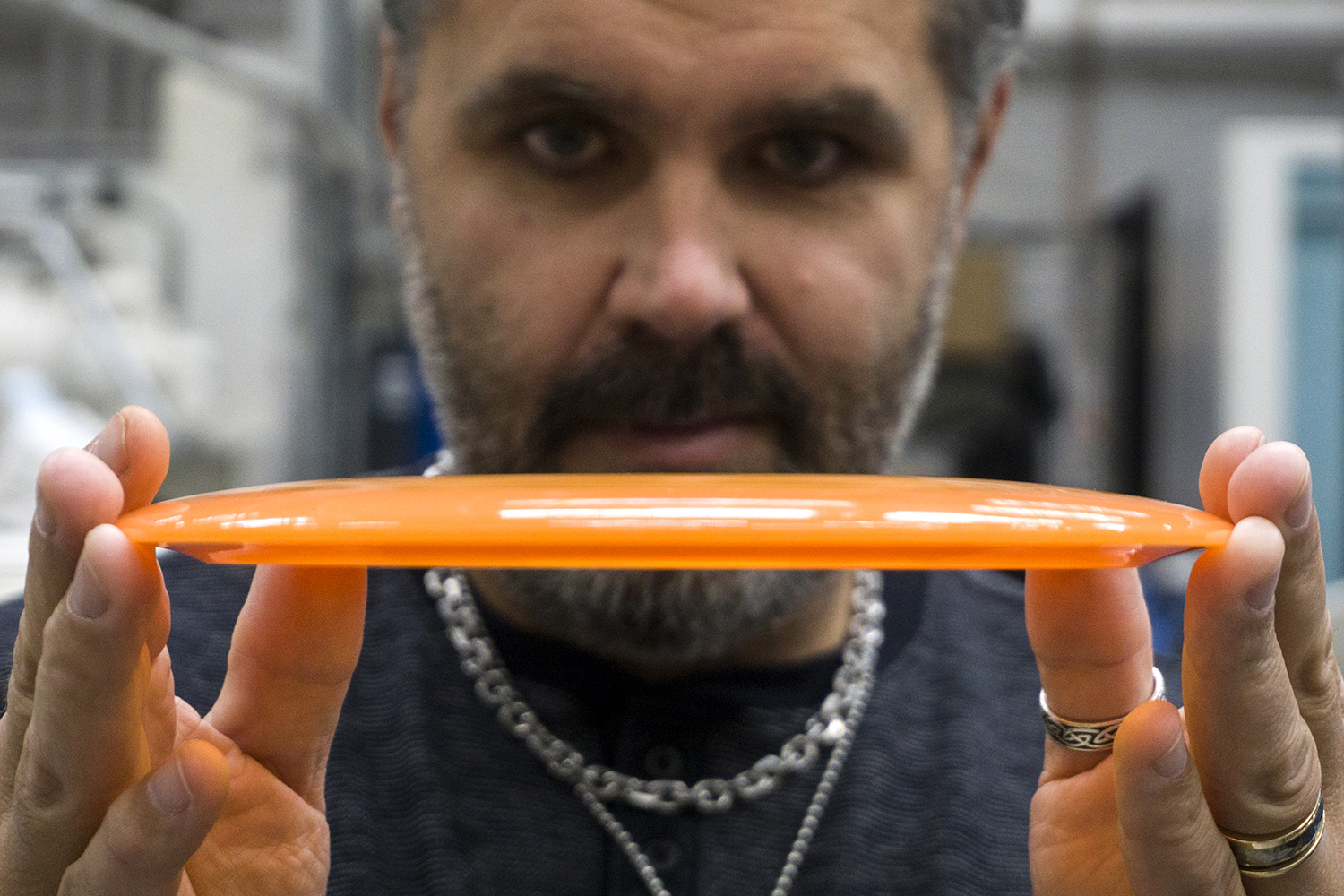Sheep
Sir, This is a Wendy's
- Joined
- Jul 27, 2017
- Messages
- 1,351
Yeah the dome of a destroyer is not gradual but pops up, leaving a depression between dome and rim. I noticed that about the Time Lapse: its dome does not pop up but is more like a continuation of the shoulder/rim.
I'm pretty sure some of these weird things we see have a lot to do with the cooling process, like the wrath 3d scan above having a weird boob bubble.
Since we don't have the original 3d models they make the molds from, its really hard to understand what the actual disc is supposed to look like vs what happens during the cooling process.


